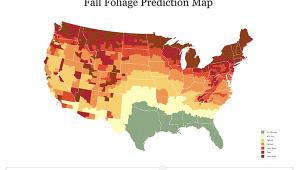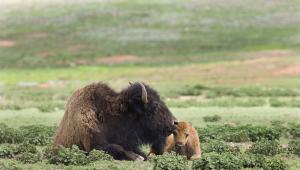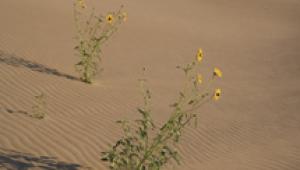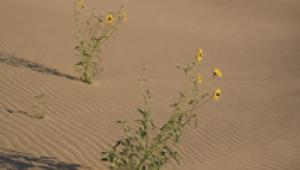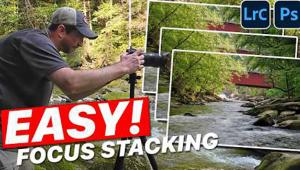The Waterfalls Of Ohio; Seeking Out Secluded Landscapes
This emotional rush that comes with first seeing a waterfall—and then the incurable urge to find as many vantage points as possible around it—compelled me to begin documenting these secluded, sibilant landscapes. You see, I have always loved waterfalls. When I was younger, my parents loaded the three boys in the family station wagon, “the boat,” as we called it, pointed its hull in some cardinal direction, and asked us a very democratic question—“What do you want to see?” Early on I asked, “Are there any waterfalls nearby?” In time, I learned to read maps, dig through park brochures, and thumb through book racks, memorizing pages of trail guides. We always docked, disembarked, and hiked up rocky gorges, anxiously anticipating that recognizable roar.
 |
|
|
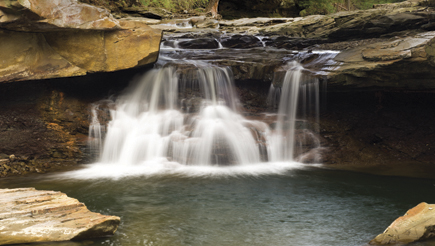 |
|
|
 |
|
|
Well, I’m older now, still enchanted by precipices and plunges, and eagerly writing my own guidebook—Waterfalls of Ohio—which I hope equally-excited individuals will thumb through, seeking quiet cascades and cacophonous cliffhangers. To be sure, photographing and writing a book like this is not all “rush” moments. Indeed, it takes careful research, a serious study of maps, a watchful eye on the weather, and copious kinds of compositions.
 |
 |
||
|
|
If I ever earn another degree, it will be in geology. I would study what is under our feet, learn deeply about the bedrock, that which determines so much of the landscapes we experience. Indeed, understanding how the earth changes is central to documenting waterfalls. Typically, watery cataracts form where a resistant layer of rock lies above less resistant layers. Water flows over the stratified rocks, causing what geologists call “differential erosion.” The top layer is resistant and erodes slowly; the lower layers are less resistant and wash away more quickly. The process leaves a cliff above, over which water continues to run. Of course, after a certain amount of the softer bedrock disappears from underneath, the harder rock above also breaks away, the reason why deep valleys or gorges lie below most waterfalls. Thus, researching the formation of waterfalls helps in telling unique, geological stories.
 |
|
|
 |
|
|
